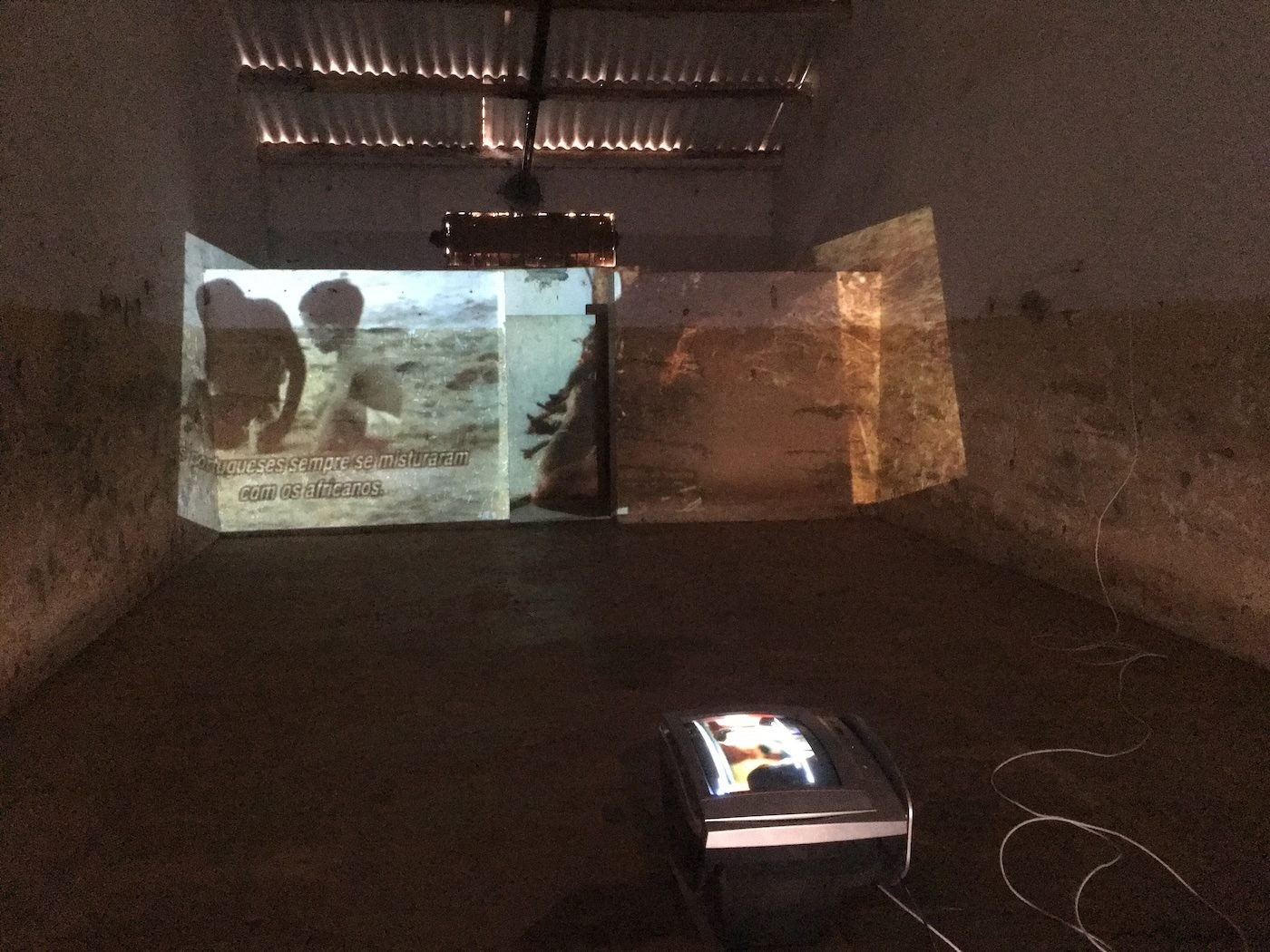Sampling the City: Tristany Mundu’s Cypher with Linha de Sintra
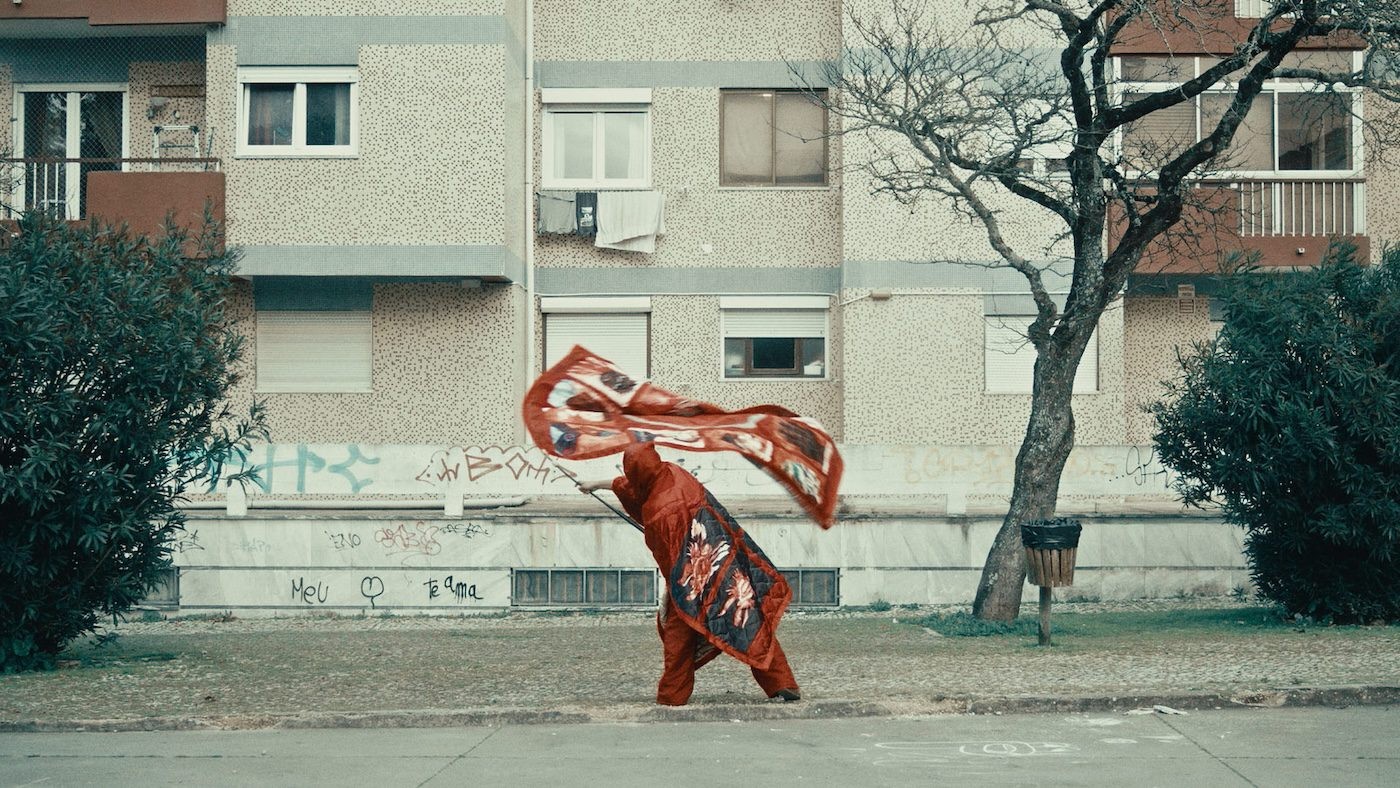
02 July 2025
Magazine C& Magazine
Words Guilherme Vilhena Martins
5 min de lecture
Through performance, sonic explorations and film, artist Tristany Mundu brings us into conversation with his city through works such as "the acliclas" (2020) and "City around the City" (2025).
Portugal is home to one the largest Afro-diasporic communities in Europe, related to Lusophone countries such as Cabo Verde, Angola, São Tomé and Príncipe, Guinea-Bissau, and Mozambique. As the original western colonial empire, Portugal set a blueprint for today’s global inequalities. It is this and the persistent crisis the country faces that condition the international visibility of Portugal’s Afro-diasporic community. This series „Afterlives of History“ spotlights its artists in all their variety and complexity. This time, Guilherme Vilhena Martins delves into the multidisciplinary work of Tristany Mundu.
Traversed by a 27-km rail corridor that runs across the second most populated municipality in Portugal, Linha de Sintra (Sintra Line) has long been misrepresented as peripheral to or a suburb of Lisbon. For artist Tristany Mundu, it is a central reference and a medium, a starting point and an anchor – not only the place where he lives but also where the multiple worlds within his work collide and coexist.
A musician, performer, director, and cultural programmer, Mundu navigates multiple languages while maintaining a stark element of embeddedness in this specific territory. Textile objects that the artist calls “flags” often emerge in his work to symbolize resistance against the label of periphery. Present in several of his music performances and installations, sometimes even worn as a prop – such as in City around the City (2025) – these flags embody identity and place.
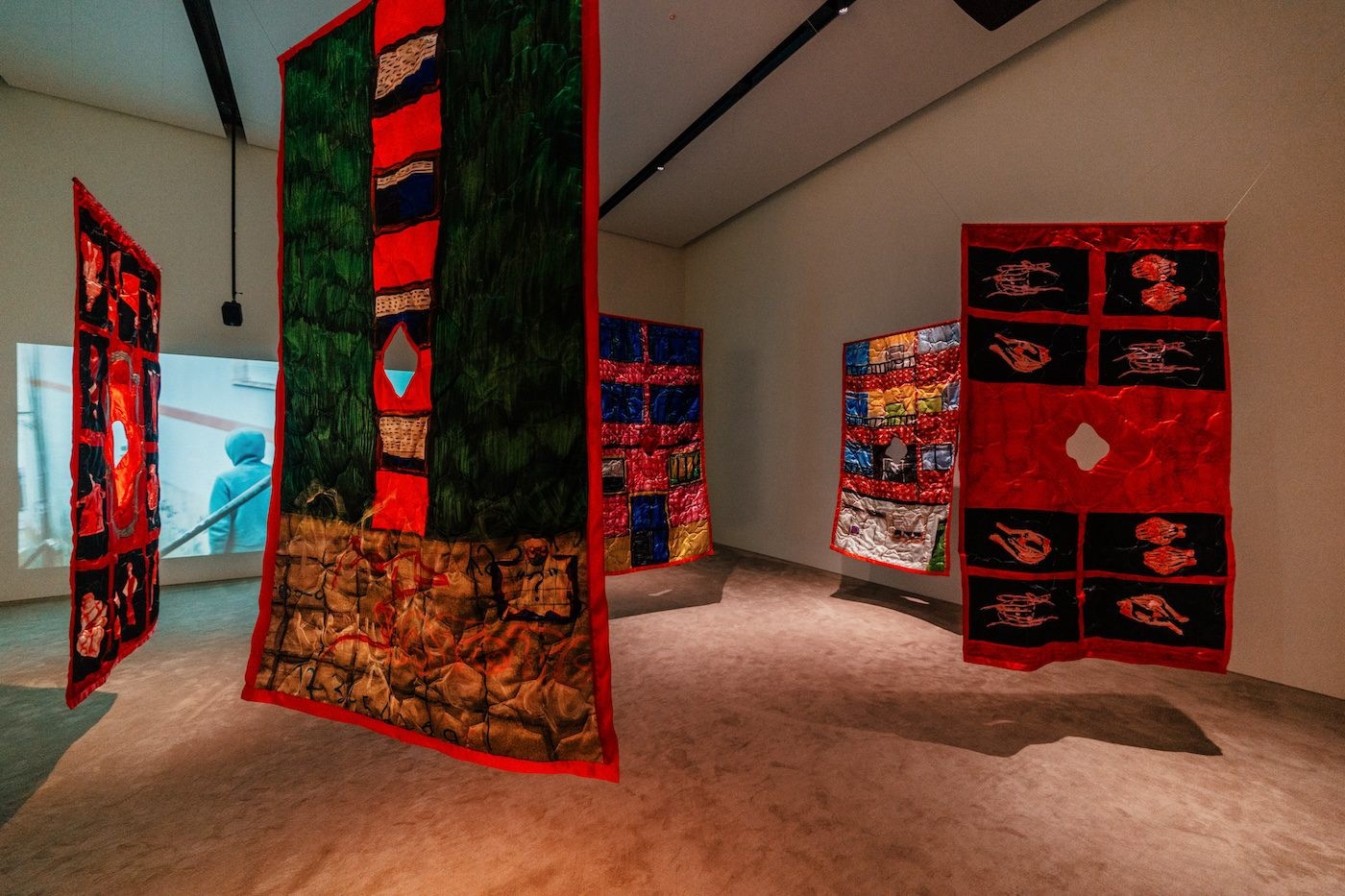
Tristany Mundu, City around the City, 2025. Installation view © Pedro Pina
Yet the fluid reaches of Mundu’s multidisciplinary practice go way beyond both. Interlacing memory and fiction, his practice could be described as a mesh of musical and visual drifts swinging between slow-paced oneiric melodies and buoyant imagery. Although the work may appear to start with the intention of reportage, its outcomes reveal a multilayered departure point. Ultimately, the artist seems to build more on fiction and speculation than on reporting.
The album Meia Riba Kalxa (2020) is a good example. Swinging between an array of styles – such as kizomba or funaná – that are carefully trimmed into a rich, multi-folded overall composition, Tristany’s first EP comprises a cinematic musical journey amid hazy blows, snippets of long conversations, and sonic dialogues. Although the general elements of the album resonate with the language of hip hop, the soundscape as a whole is like a map built on colorful storytelling and reflection, embracing fiction, documentary, and confession.
City around the City (2025) suggests an expansion around the music and performance at the core of Mundu’s practice. A multimedia installation consisting of seven wearable flags and a 3-channel video work, it plays with the notion of contrast as it moves from the theatrical to the lyrical to the documentary. In the first video a theater piece unfolds, while the second is utterly performative – static angles of a group of performers (including Mundu) moving along vacant lots in Linha de Sintra. The third part suggests a documentary, following an actor as he rambles through landmarks, street markets, parks, and house blocks. The tone wanders a fine thread between grief and joy, smoothness and woe. The score crucially yet subtly shifts as the scenes loop, at times more dramatic, then more soothing.
It often feels like images themselves change even as they repeat, because the sound and video are not synchronized (the score is longer). It’s hard to tell if this is a story of an encounter or an evasion. The pace regularly accelerates, hinting at a lighter gesture. “Tudo é mais rápido,” meaning “everything is faster,” is occasionally repeated as a mantra. The rhythm is somewhat similar to Mundu’s acliclas (2020), an 8-minute track that has moments that are mellow, almost fragile, yet is otherwise heavy and confessional, with different voices making announcements from afar, as though in a train station – eventually we do hear trains departing using real-life samples from train announcements.
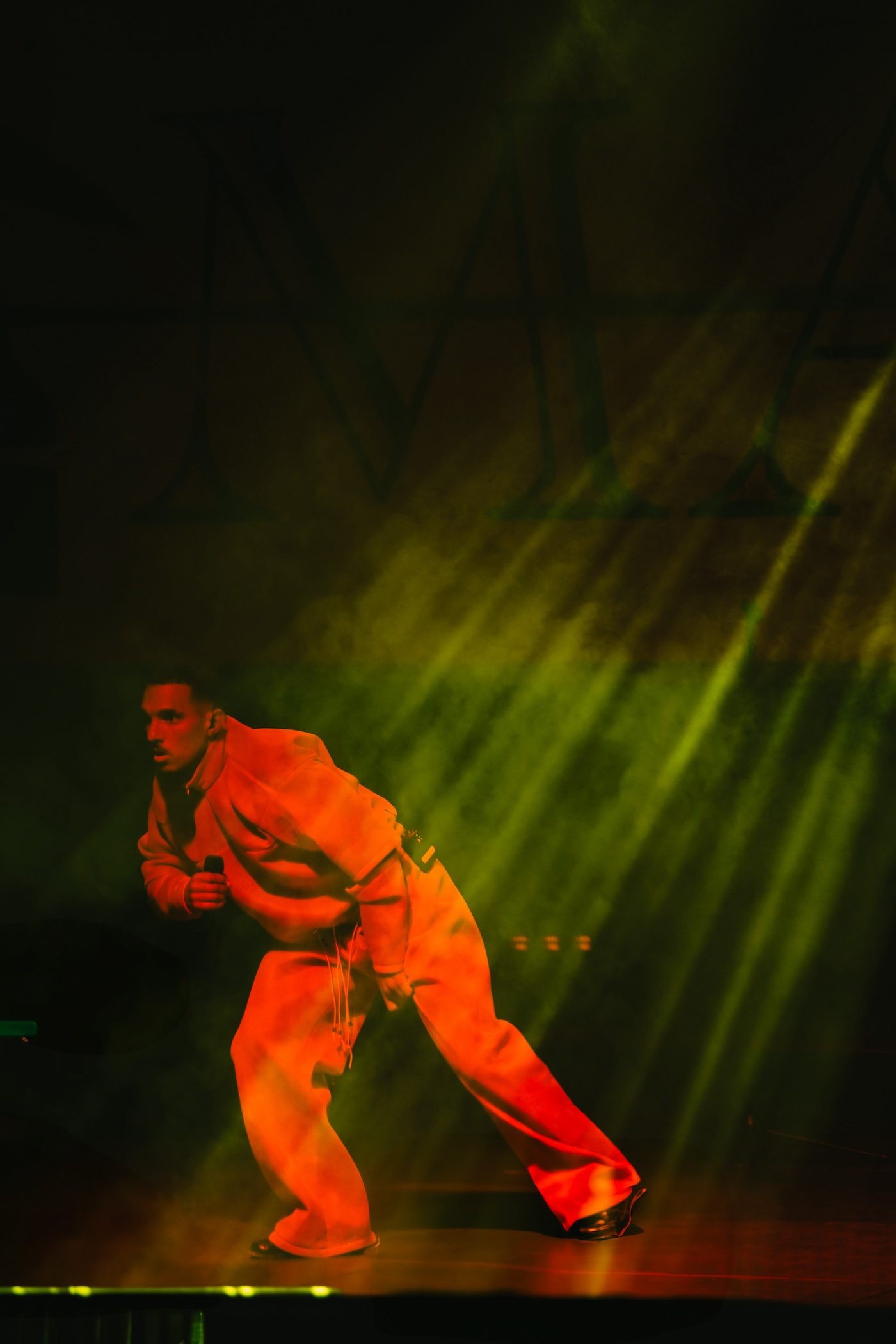
Tristany Mundu performing at Manta, 2023 © Ana Viotti
Mundu’s rootedness in Linha de Sintra is present in his practice on practical as well as formal levels. With the urge to create networks and infrastructure so that the cultural landscape of Linha de Sintra can flourish, collaboration is his primary motivation. A founding member of Unidigrazz (launched in 2017), Tristany has long been involved in projects that call on public entities to invest in cultural programming in the area, engaging the parish of Algueirão-Mem Martins and Sintra municipality. This has resulted, for instance, in Unidigrazz’s eventual move into a studio in a public building, which is now a well-used and storied workspace and meeting point. Recently a Unidigrazz-curated project space emerged, Ponto Kultural, and the group has plans to establish a cultural center for the region.
Mundu’s practice is structured by an act of recentering, claiming a stage for the multiple languages and forms Linha de Sintra is built on as autonomous sources of cultural production. The way in which those languages and forms are assembled and transformed in the narratives of his work points to a world of their own. If anything, this reveals how fiction and world-building may be effective tools for creating visibility – and thus a center – for a variety of practices long dismissed as peripheral.
Guilherme Vilhena Martins is a writer and curator who is interested in artistic practice as a form of discussion. He has published three books, written reviews, chronicles, and essays for different magazines, in Portuguese and English, and has curated several exhibitions in Portugal and Germany.
Plus d'articles de
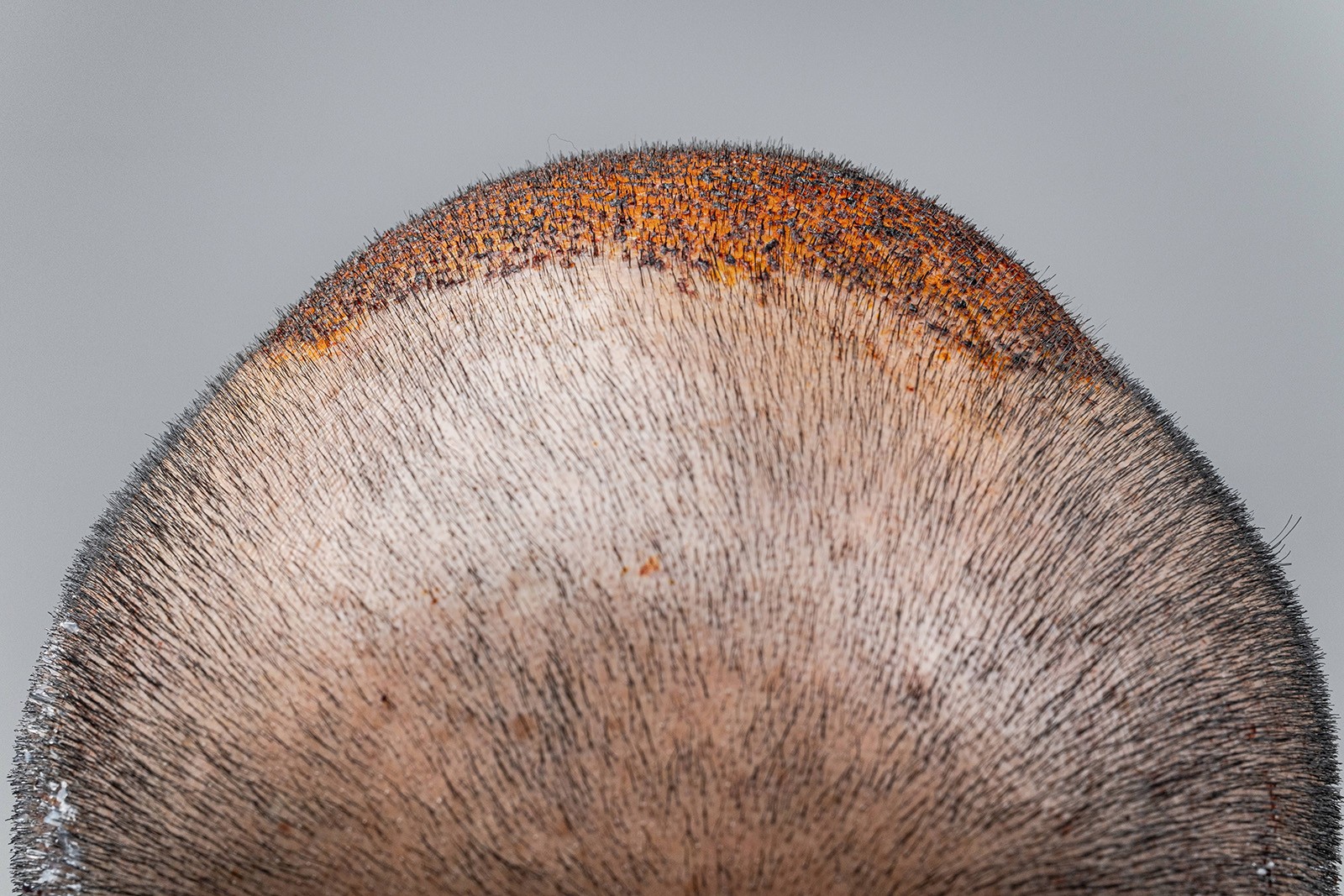
The Entanglement of Migration, Indigenous Peoples, and Colonialism
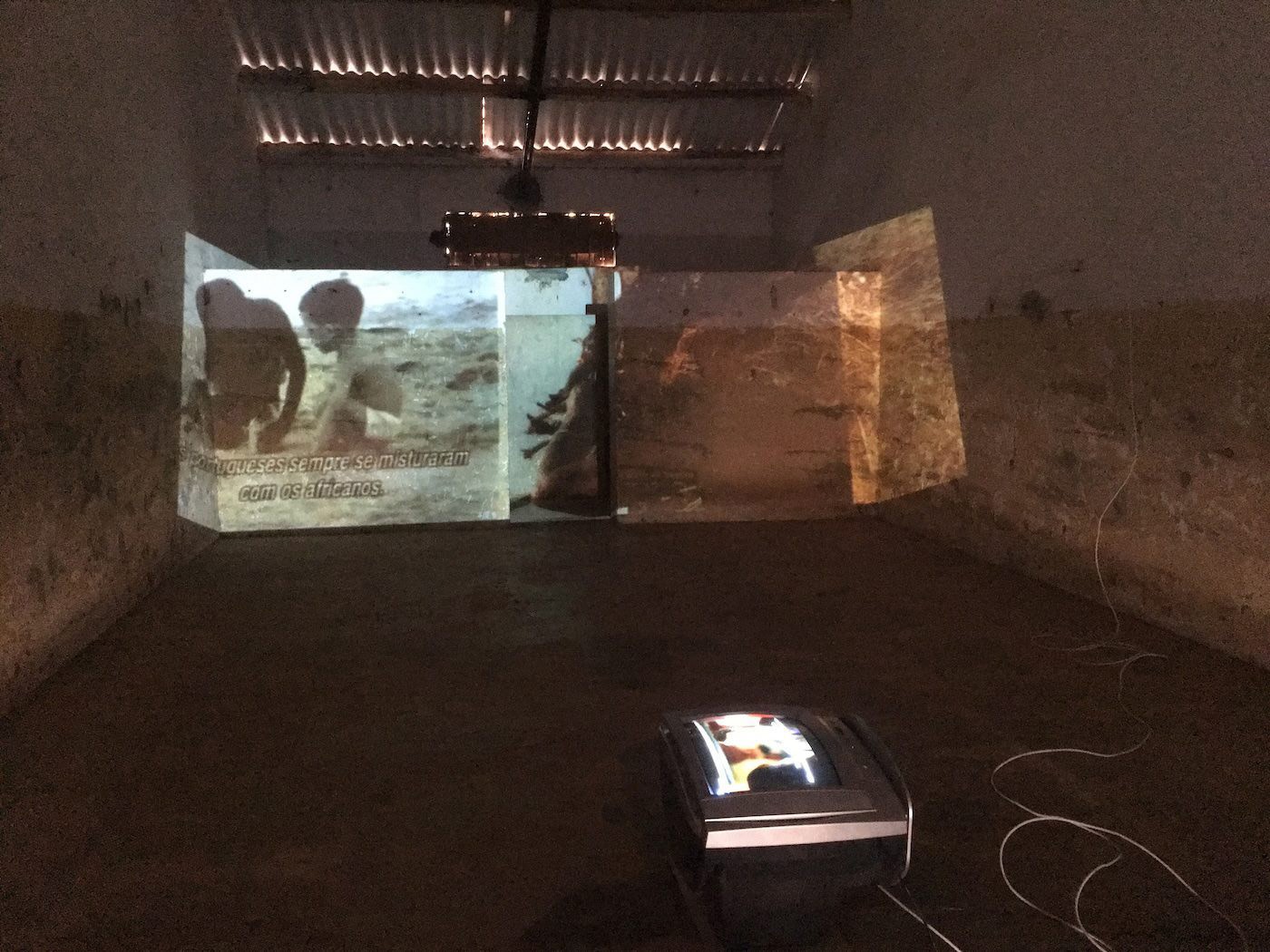
Cabo Verde’s Layered Temporalities Emerge in the Work of César Schofield Cardoso
